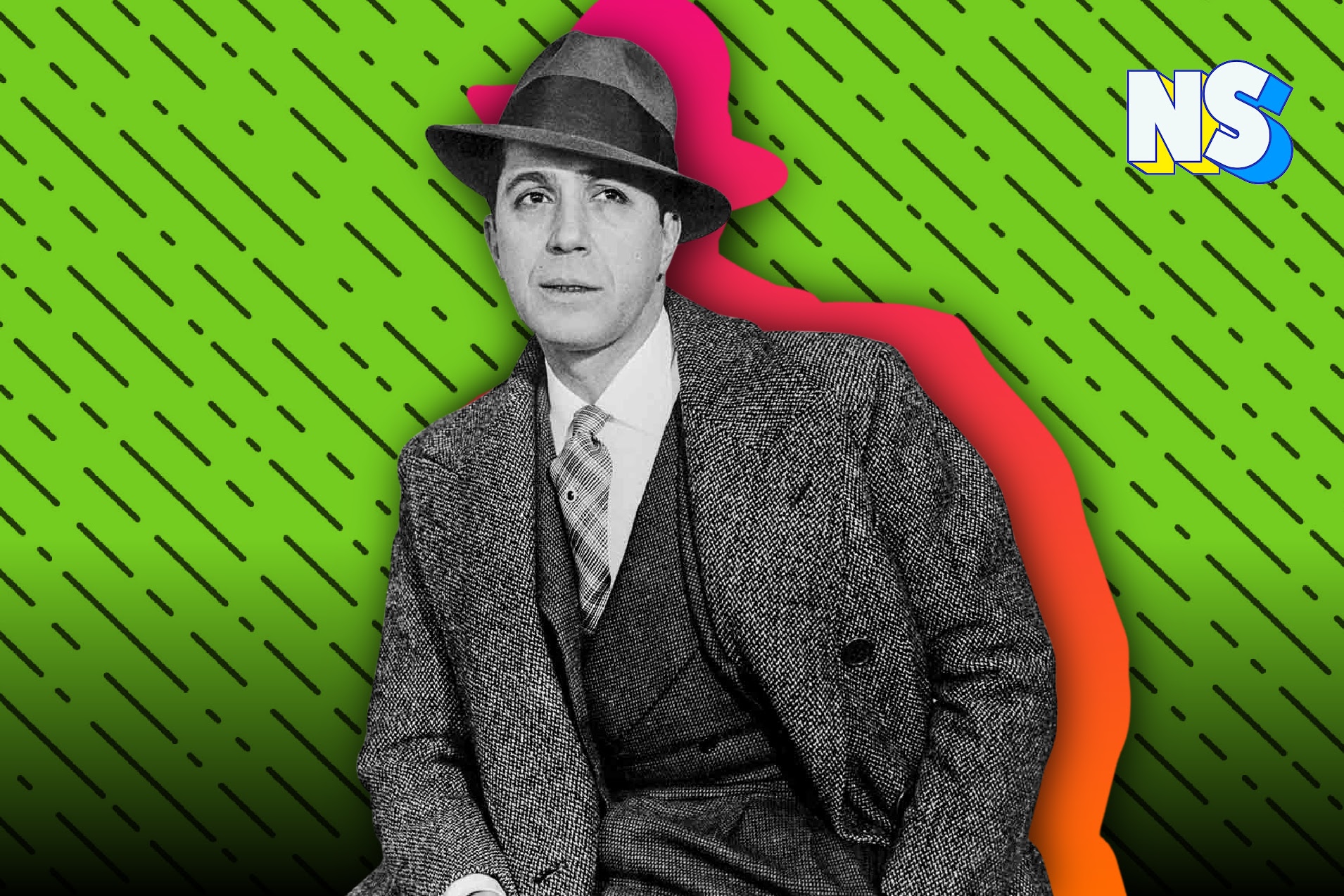Image courtesy of Nuestro Stories.
Carlos Gardel is tango’s first superstar and enduring icon. He died on June 24, 1935, at 45. It has been 87 years since then, and his image is still all over Buenos Aires. Tango symbolized Argentina’s Golden Age, and Gardel introduced it to the world.
A French-born Argentinian known as the Father of Tango, Carlos Gardel was sophisticated and good-looking and knew at what angle to wear a hat. From an early age, he sang at local bars, restaurants, and markets in Abasto, then a neighborhood of Italian immigrants, and in opera houses, where he worked as a professional applauder, encouraging the audience to join in.
At the opera houses, he learned to sing operas and Spanish operettas — known as zarzuelas, and criolla music, music of the Argentine countryside. Then, he began singing tangos. His first recorded hit in 1917 was “Mi Noche Triste” (My Sad Night.)
The song is a classic tango story of a man suffering the rejection of the woman he loves. Gardel sang it with sentimentalism, the essence of Buenos Aires. Before Gardel, tangos were just instrumental. After Gardel, they were all heart and angst.
The genre of melancholy
Tango began during the Great Depression. Then, it was music and dance for men looking for work. Carlos Gardel popularized the style and lifted it from the underground dance halls to the salons of the upper classes.
He became the symbol of the immigrant who triumphs.
From singing tangos, Gardel went on to the movies. His first talkie movie role was in the 1931 film “Las Luces de Buenos Aires.” His onscreen presence became the model for Hispanic men of that time — the archetypal Latin lover — an elegant, suave gentleman with a fedora placed at a jaunty angle, accompanied by a suit and tie.
Not only did he have a beautiful voice, but he also wrote beautiful music and lyrics. For example, ‘El Dia Que Me Quieras’ is one of the most magnificent love songs ever written.
Who can’t sing a phrase of it? Who hasn’t cried to it because of unrequited love?
“El día que me quieras
La rosa que engalana
Se vestirá de fiesta
Con su mejor color …”
Volver, another of Gardel’s compositions, is a song that says so much to many of us. Its lyrics speak to the nostalgia of Hispanics in the Diaspora.
https://youtu.be/d9r6AAyEsis
“Volver
Con la frente marchita
Las nieves del tiempo platearon mi sien
Sentir
Que es un soplo la vida
Que veinte años no es nada …”
His life and death are the stuff of tales. In 1935, when he was just 45, Carlos Gardel was killed while on tour in South America. The private plane he was traveling in crashed in Colombia after a successful visit to Puerto Rico.
It has been 87 years since his death, and his inimitable voice and style are still present in the homes of many of us. Gardel’s music and lyrics have aged like fine wine.
https://nuestrostories.com/wp-content/uploads/2022/06/Susanne-182×250.jpeg





